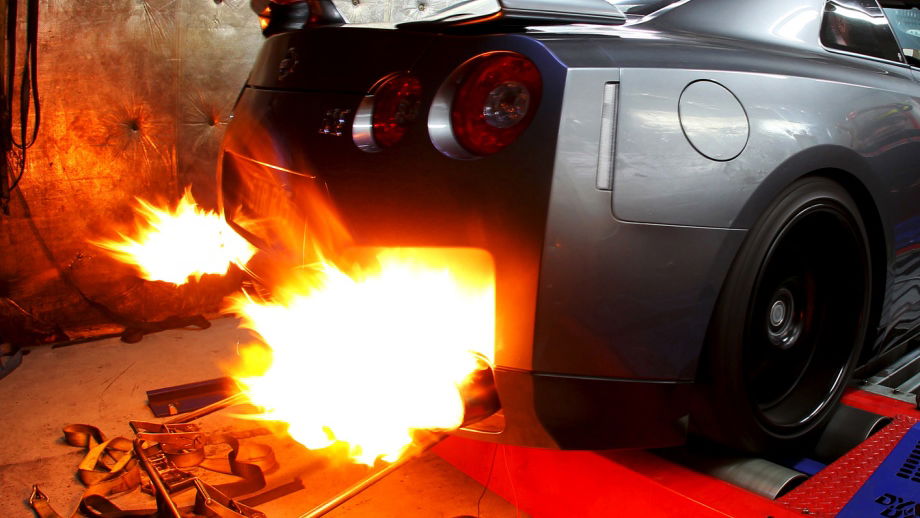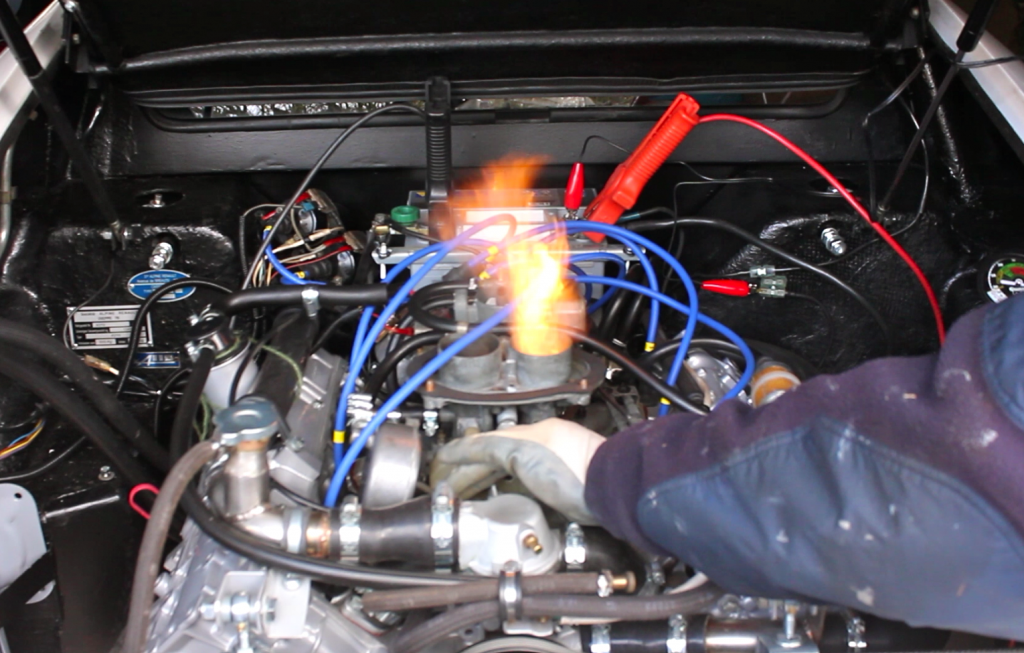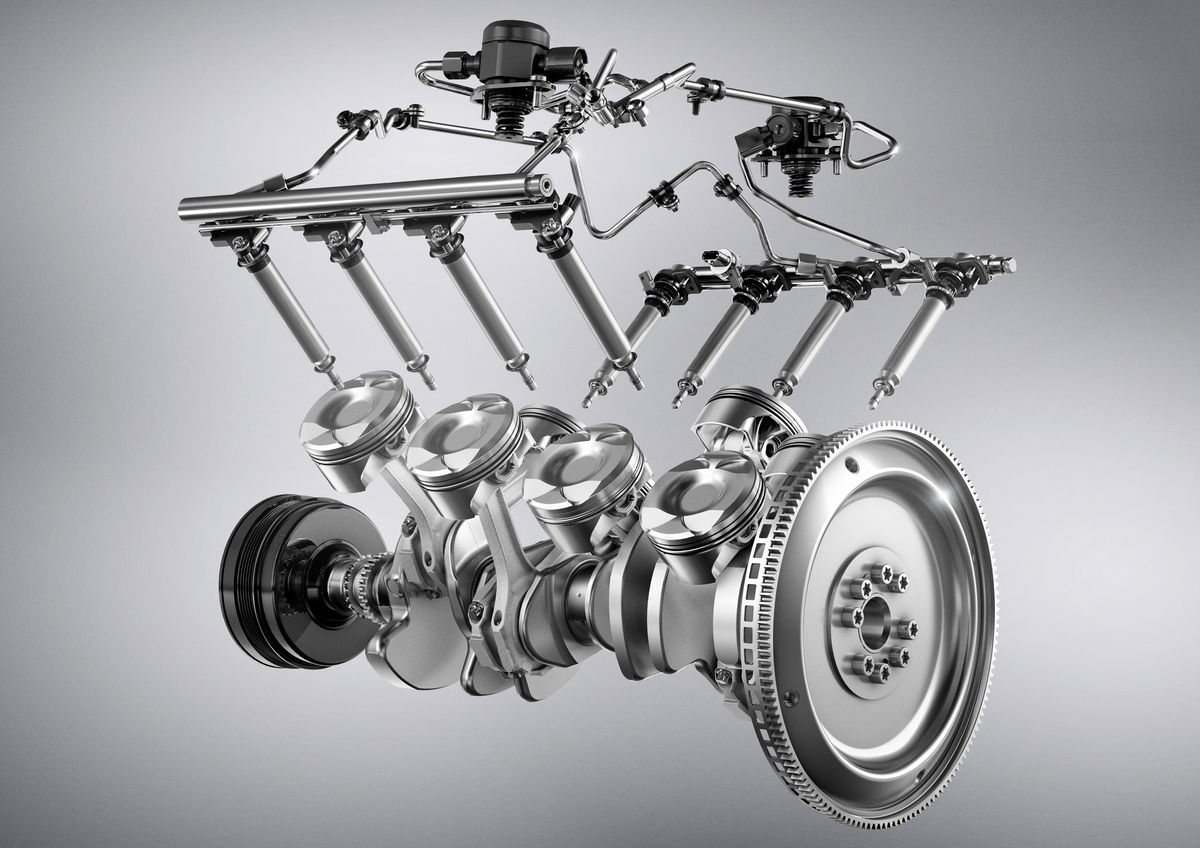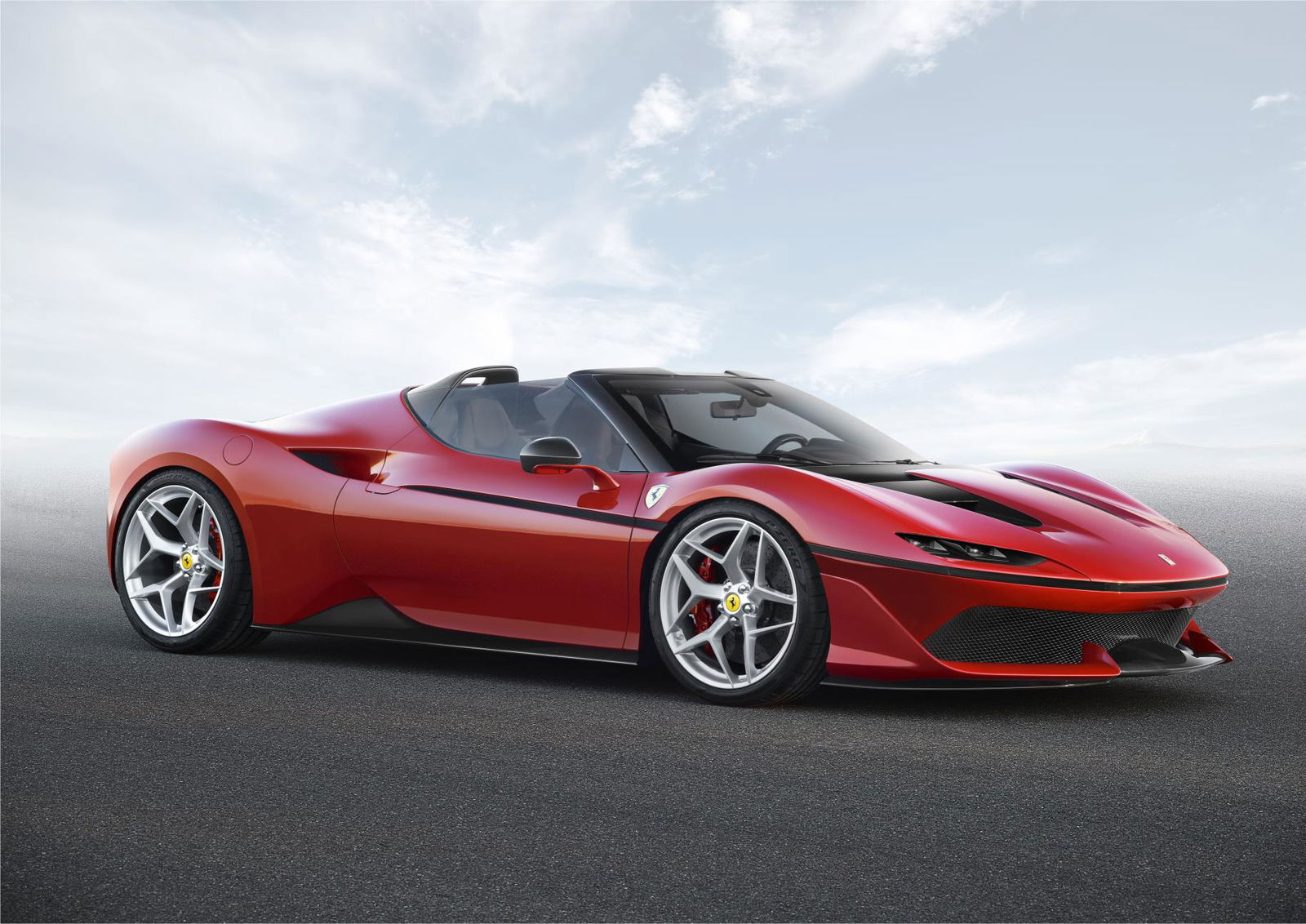What Causes Flames In A Car's Exhaust?

Backfires are generally defined as any combustion occurring outside the cylinders of an engine, resulting in a loud, uncontained explosion occurring either back up through the inlet manifold (a backfire) or out through the exhaust (technically an ‘afterfire’). From an engineering perspective, both are forms of thermal inefficiency, with the combustion of that given cycle being wasted on ‘external combustion’ rather than converting to the downward motion of the piston, turning the crankshaft.
But flaming exhausts have been a stalwart of the local car meet since antilag systems became popular, and have been a staple of carburetted engines for decades, so it’s worth looking into how this burst of flame can occur.
A backfire – as in combustion travelling back up the inlet manifold – is normally produced by poor engine timing. If the inlet valve is left open during the period of time that the spark is used to ignite the air/fuel mixture, the combustion is not restrained to the normally-enclosed cylinder and is instead able to spread upwards, back through to the intake of the engine. Not only will this reduce the compression within the cylinder, but the combustion will feed off the large reservoir of fresh oxygen found in the inlet manifold, thus fuelling the backfire further.
This process will only ever occur if the valve timing is badly off compared to the factory timing, either due to camshaft misalignment or a wrongly positioned distributor cap, creating a spark in the wrong cylinder that may have a valve open. It is the former that could also lead to a second cause of backfiring. If there is any interference between an open valve and an upwards-moving piston, the piston will crash through the valve as it ‘floats’ in its extended position in the cylinder, being potentially damaged by the collision. This bent or chipped valve can create an air gap back up to inlet manifold, simulating an open valve.

An inlet manifold backfire is most prominent in carburetted engines, where an entire air/fuel mixture is flowing just upstream of the cylinder, therefore making a fairly large combustion event fairly easy. In fuel injected engines, the problem of backfiring is much less of an issue seeing as the fuel is sprayed into the system either via port injection (just upstream of the valve) or through direct injection (straight into the cylinder). This means that the inlet manifold is only full of air rather than a premix of air and fuel, vastly reducing the effects of a backfire.
In our age of fuel injection, we normally term a ‘backfire’ as a pop and a bang from the exhaust, technically known as an afterfire. This phenomenon is caused by an overly-rich air/fuel mixture, as unburnt fuel is ignited further down the exhaust system, producing a loud pop or even flames from the exhaust. The spark from the spark plug can only ignite a certain amount of air/fuel mixture, therefore the excess fuel is exhausted out of the cylinder.

The excess fuel can then combust anywhere after the cylinder within the exhaust system, needing only a decent supply of oxygen and a high enough fluid temperature to reach the conditions needed for combustion. Your catalytic converter does its best to soak up any excess fuel, but can quickly disintegrate if fuel is repeatedly passed through it or combusted further upstream.
Another cause of exhaust ‘backfire’ comes in the form of ignition delay, often manifesting as an antilag system. This is when the ignition timing is changed slightly to occur further around the engine cycle. Instead of the spark occurring as the piston reaches top dead centre, the spark is delayed until the piston has already started to reciprocate back downwards in its power stroke. Combustion is still occurring as the piston begins to move back up from bottom dead centre to complete the exhaust stroke, resulting in a proportion of the combusted air/fuel exiting through the exhaust valve opening, producing an exhaust flame.
So backfiring/after-firing can be both intentional and unintentional, with both forms producing potentially spectacular results. Possibly to the detriment of your inlet manifold or your catalytic converter (which can be deleted to enhance the effect), flames emanating from any car can warm the cockles of any petrolhead’s heart. Internal combustion will forever be cool, but some deliberate external combustion will always be welcome.
Does your car backfire regularly? Have you ever had to adjust timing on a carburetted engine to stop some unwanted backfiring? Comment below with your experiences!

Comments
My Nissan Stagea does this.
https://www.youtube.com/watch?v=Q3BRh79ZRwA
Since i put a race header and a complete exhaust and took the cat out my car now pops every time i get off-throttle and if drinving hard it spits a flame on down-shifts….what is not to love about that
Flames are caused by Magic!
“braaaap pap pap … Stu stu stu!”
My friend once had a (semi) classic mini (1990) which shot flames. He used to drive along in gear, switch off the ignition leaving the car off and in gear while still moving then switch the ignition back on. Since it was carbouretted fuel and oxygen rich air was dragged straight through the engine and out the exhaust. So the moment he switched on the ignition.. BANG. Too much fun for 16&17 year olds.
unless its the flames from a mclaren F1 car
Pagination